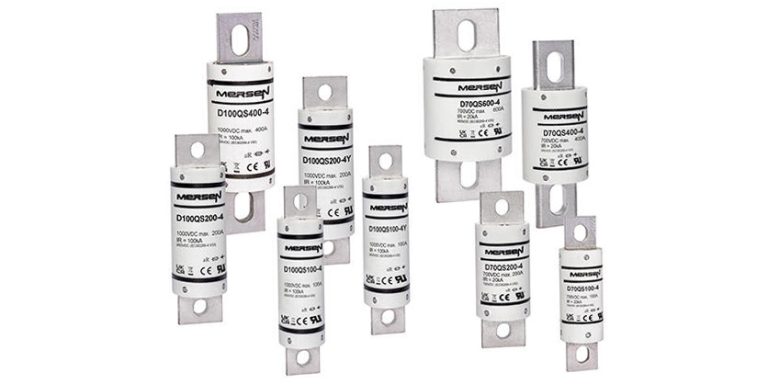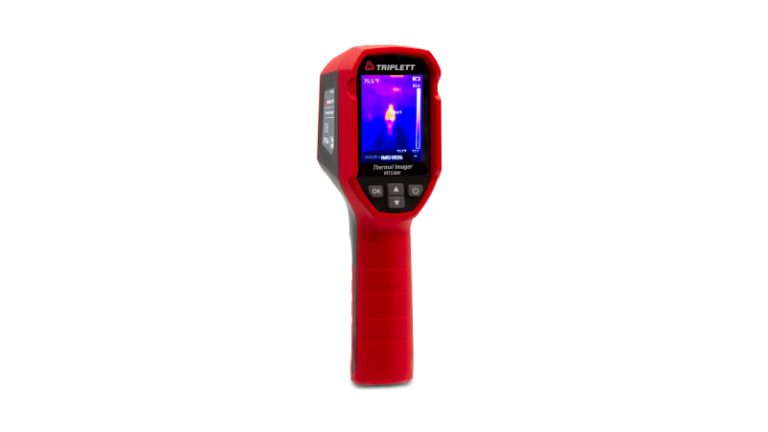Fluke Introduces Clamp Meters that make Non-Contact Voltage Measurements without Test Leads

April 7, 2021
Any time an electrician or technician makes a voltage measurement on a live conductor, there is a risk of electrical shock. The new Fluke® 377 FC and 378 FC Non-Contact Voltage True-RMS AC/DC Clamp Meters minimize this risk because they are the only clamp meters that make accurate non-contact voltage measurements without test leads.
The Fluke 377 FC and 378 FC True-rms clamp meters use Field-Sense™ technology to make testing faster and safer, all without touching a live conductor. You get accurate voltage and current measurements through the clamp jaw. Simply clip the black test lead to any electrical ground, put the clamp jaw around the conductor and see reliable, accurate voltage and current values simultaneously on the dual display.
Both clamp meters offer complete 3-phase voltage and current tests in three quick steps. A full set of phase-to-ground and phase-to-phase values are displayed on the meter. These measurements along with phase rotation information are displayed on your smart phone and saved to the cloud via Fluke Connect software, eliminating the need for handwritten notes or complicated math. With Fluke Connect, users can remotely log, trend, and monitor measurements to pinpoint intermittent faults. This data gathered can be used as a basis for designing a preventive maintenance program.
The 378 FC also includes a unique power quality indicator that senses PQ issues — relating to current, voltage, power factor, or any combination of the three — automatically while capturing voltage and current measurements. With this PQ indicator, it is easy to quickly determine if an upstream supply problem exists or if there is a downstream equipment problem.
These clamp meters come with an iFlex flexible current probe that can measure ac current as high as 2500 A — even in tight spaces. Also included are a TPAK magnetic hanging kit with a 9 inch (23 cm) hanging strap that allows the clamp to be hung wherever it is needed, a premium carrying case, TL224 test leads, TP175 Twist Guard Test Probes, and an AC285 black grounding clip.
Go HERE for more information

















